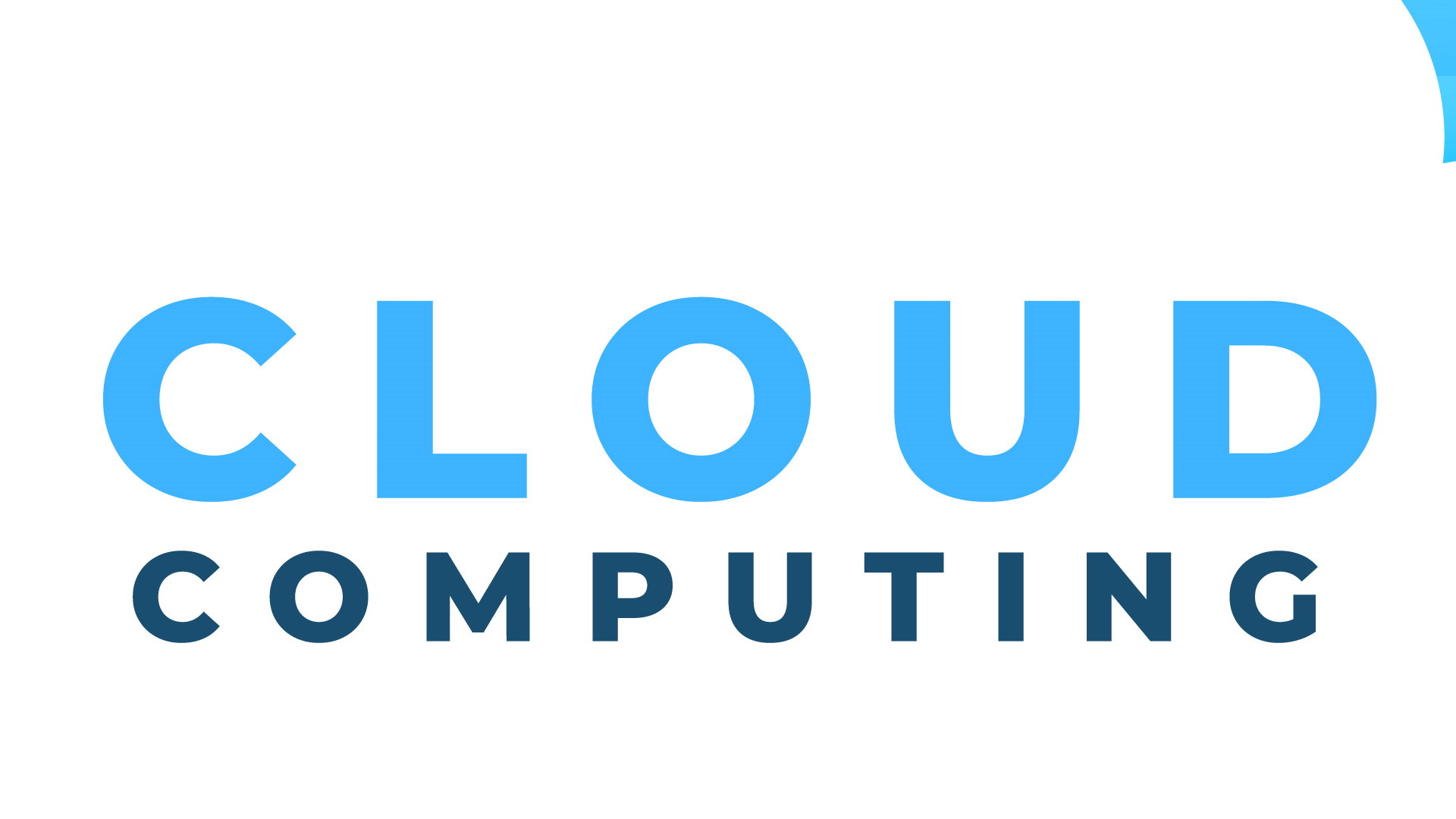No cloud strategy is the same as no business strategy. As enterprises implement 'cloud-first' policies for new workloads, their adoption and interest in the public cloud continues unabated.
CLO
Cloud computing is having an increasingly profound impact on the sports industry. People can use cloud computing to analyze and process large amounts of data, which in turn can improve the way athletes train and live.
You may say that cloud computing is something for professionals and has little to do with us ordinary people. In fact, cloud computing has many applications in our daily life!
ERP is a long-term game, as it is the core platform on which customers build their daily business operations. As ERP continues to move to the cloud, it will open up new opportunities for the channel. As long as they work together, vendors and their channel partners can build a new model that works for everyone.
Cloud computing has revolutionized IT infrastructure, eliminated hardware and software costs, and allowed customers to access these resources through the Internet. Cloud computing resources include physical and virtual services, applications, data storage, development tools, artificial intelligence services and virtual machines.
What is clear is that cloud computing is accelerating faster than predicted, adoption rates are high, and revenue generation is soaring.
As enterprise IT operations are gradually going to the cloud locally, they begin to look for security access control methods to introduce cloud operations from internal data centers. Cloud Access Security Proxy (CASB) is such a tool. This article will take you to study CASB and explain its origin and evolution.
The Cloud Security Alliance, together with HP, has listed the top seven threats to cloud computing, based largely on the results of a survey of 29 enterprises, technology vendors and consulting firms.
The approach to cloud governance varies by domain and organization. For organizations choosing cloud computing, a thorough assessment of business macros, resources on hand, and people skills must be conducted, which are key factors that will impact a seamless and successful migration.
Cloud computing is characterized by hyperscale, virtualization, on-demand service distribution, high reliability, dynamic scalability, extensive network access, and energy savings.










